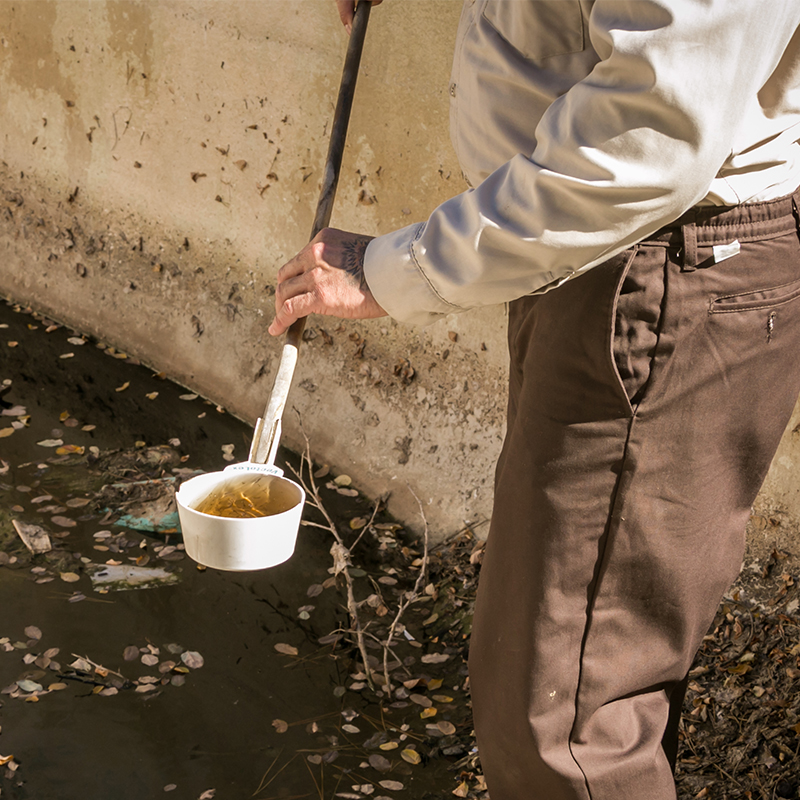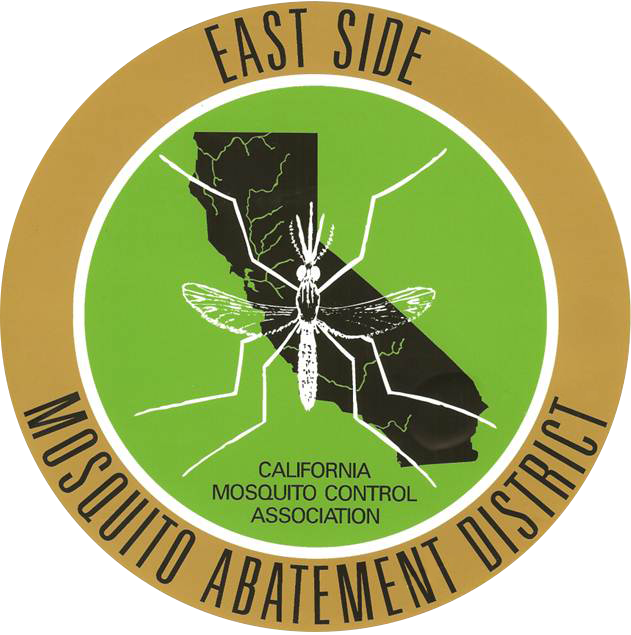Mosqutio Surveillance and Testing

Monitoring mosquito abundance and disease prevalence enables districts to make informed decisions about where to focus resources and what level of intervention is required. Surveillance data also aids in assessing the effectiveness of our current control methods.
You may notice our technicians placing traps in your vicinity. These traps gather mosquitoes from the area, assisting us in identifying the species present and guiding us in developing suitable treatment strategies. Between May and October, we test collected female mosquitoes for common mosquito-borne diseases. This information enhances our understanding of disease transmission and facilitates more effective disease prevention planning.
Here are three common traps you may see in your area:
EVS or Carbon dioxide-baited Trap: These traps use dry ice (CO2) to lure mosquitos. Because most mosquitoes are attracted to the carbon dioxide emitted by humans and other animals, these traps are able to collect a wide range of mosquito species.

Gravid Trap: These traps use a mix of hay soaked water and yeast to attract mosquitoes. Many mosquito species, like Culex mosquitoes, look for shallow, dirty water to lay their eggs. Thus, this trap is good for luring female mosquitoes that are searching for a place to lay their eggs.

Biogents Sentinel (BG) Trap: These traps use a special smelling lure that mimics the smell of human skin to attract mosquitoes. This trap is especially good at collecting Aedes mosquitoes who prefer biting humans over other mammals.

